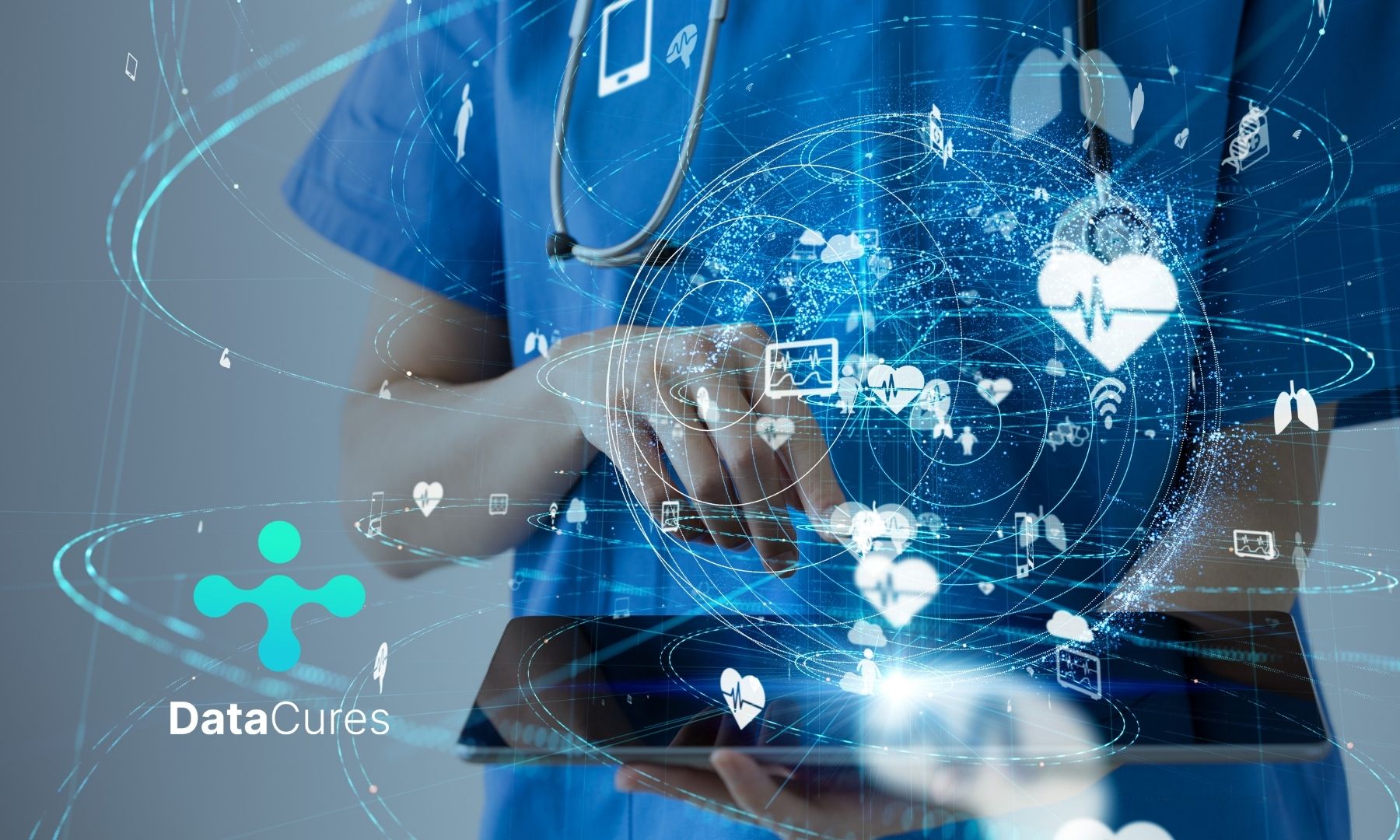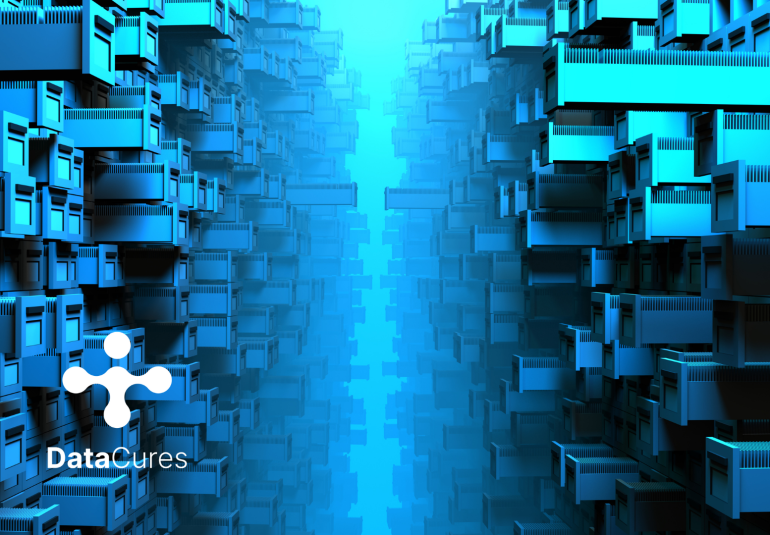
- AI and data science
-
by Kristina Liebute
What is the function of data analytics in healthcare? Here you can see one of the most vital functions of data analytics in healthcare.
Even in modern times, hospital-acquired infections (HAIs) remain a persistent healthcare issue. Novant Health decided to tackle it by using data analytics and an AI-powered hygiene monitoring system. Result? While during the pandemic other hospitals’ HAI numbers grew, Novant Health’s decreased.
According to a study that included 231,459 patients across 947 hospitals, a staggering 19.5% of patients in intensive care units had at least one HAI (NCBI). HAIs are caused by viral, bacterial, and fungal pathogens that often occur due to a lack of hand hygiene.
In order to combat this, Novant Health decided to partner up with SwipeSense and installed an automated electronic tracking system that helps hospital staff with hand hygiene compliance. Previously, staff members monitored hand hygiene by simply standing behind each other and observing.
Introducing DataCures: Find out how data is shaping our future
During the pandemic, HAIs went up by 30 to 40 percent, while at Novant Health, they actually went down by 30 percent. The hospital attributes the success to switching to a data analytics and AI-powered hygiene monitoring system.
What Role AI is Playing in Prevention and Control?
AI offers huge potential in infection prevention and control. Besides hand hygiene, AI can help improve safety, both inside and outside of the hospital, and help identify patients who are more susceptible to infections (Nature).
As more hospitals around the world turn to more robust methods of infection tracking and surveillance, data analytics and AI can come into play as major game-changers.
data analytics and AI
More on the topic: Health IT Analytics, NCBI, Cambridge University Press, Nature
Want to stay up-to-date on the latest healthcare data news and advancements? Sign up for our newsletter here.




